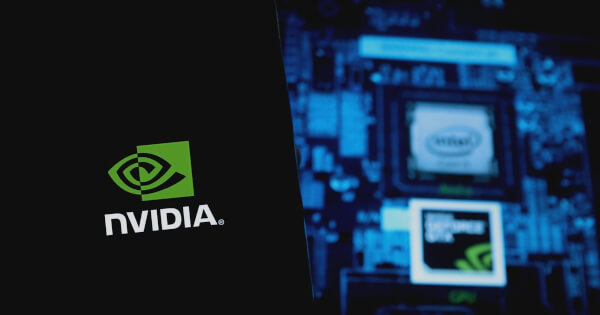Zach Anderson Nov 04, 2025 20:41
NVIDIA introduces OpenFold3 NIM, a transformative AI tool for biomolecular structure prediction, offering enhanced speed and accuracy for biopharma and biotech industries.
NVIDIA has unveiled an innovative AI-driven tool, OpenFold3 NIM, designed to revolutionize the prediction of biomolecular structures, according to the NVIDIA Developer Blog. This advancement marks a significant milestone in the field of proteomics, where understanding how amino acids fold into complex structures is crucial for scientific progress.
Transforming Structure Prediction
The OpenFold3 NIM, developed by the OpenFold Consortium and accelerated by NVIDIA, extends its capabilities beyond single proteins to include multi-chain complexes, nucleic acids, and small-molecule ligands. This development is part of a broader trend where deep learning has begun to decode the intricate language of evolution, transforming structure prediction from a theoretical art into a practical engineering discipline.
Technological Advancements
The integration of NVIDIA’s cuEquivariance for GPU acceleration, compatibility with MMseqs2-GPU for fast sequence searches, and the federated training capabilities of NVIDIA FLARE, empowers OpenFold3 to deliver unprecedented performance. This tool is now available as an NVIDIA NIM, offering additional acceleration and making it accessible for biopharma and biotech teams globally.
Practical Applications and Deployment
OpenFold3 NIM facilitates rapid deployment, allowing users to move from prototype to production efficiently. It supports interaction through standard REST calls or Python clients, providing predictions that include 3D coordinates and confidence metrics. The tool is optimized for NVIDIA H100 Tensor Core GPUs, ensuring rapid and reliable results.
Open Science and Enterprise Reliability
The OpenFold Consortium, which includes major industry players like Bayer and Johnson & Johnson, has played a pivotal role in advancing open, reproducible modeling systems. OpenFold3 achieves performance parity with AlphaFold3 on protein-nucleic acid benchmarks, showcasing its accuracy and reliability. Classified as a Class 1 open-source system, it ensures transparency and reproducibility.
Federated Learning and Global Collaboration
OpenFold3 has proven its capability to scale across global R&D environments through secure federated workflows validated by Apheris and SandboxAQ. This allows partners to fine-tune models on proprietary data without sharing sensitive datasets, maintaining regulatory compliance while enhancing model performance with diverse datasets.
The Future of Protein AI
OpenFold3 represents more than just a technological advancement; it is a foundation for future developments in protein AI. By converging open-source science, accelerated computing, and federated collaboration, it ensures that the tools used by global researchers meet enterprise standards for reliability and security.
Image source: Shutterstock


